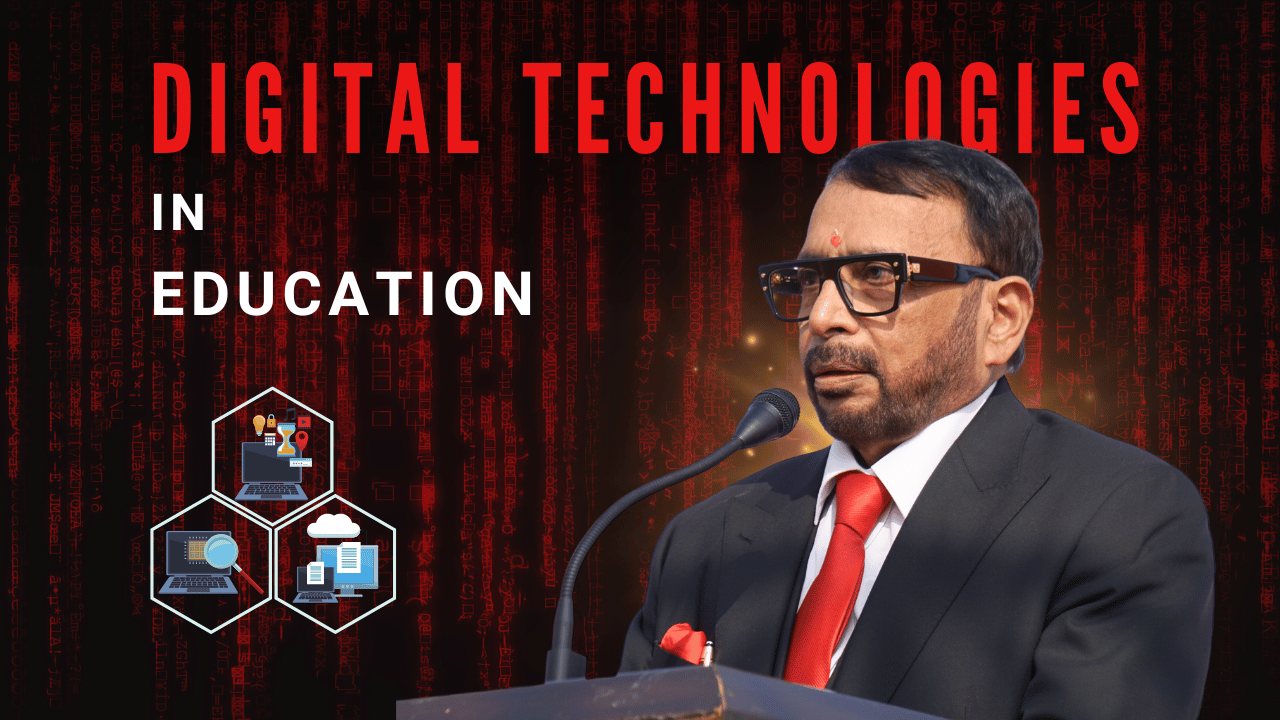Unlocking the Power of Digital Technologies in Education: A Guide to Understanding Its Role
In today’s digital world, integrating technology in education has become crucial. With the rise of digital technologies, learning has been transformed into a more engaging, accessible, and effective process. Digital technologies have the power to enhance and revolutionize the way students learn, collaborate, and interact with one another. In this blog post, we will take a closer look at the role of digital technologies in education and how they can unlock the full potential of learning.
One of the significant benefits of digital technologies in education is personalized learning. Digital tools can provide customized lessons, content, and plans that cater to the different needs of individual students. This approach allows students to learn at their own pace and in a way that best suits their learning style and techniques. It also enables teachers to tailor their teaching methods to each student’s strengths and weaknesses.
Digital technologies can also improve student engagement. Educational apps, multimedia resources, and gamification make learning more interesting and engaging for students. By incorporating digital tools into the classroom, teachers can create a dynamic and stimulating learning environment that captures students’ attention and participation. This approach makes learning more interactive and leads to increased motivation and better retention of information.
In addition, digital technologies promote communication and collaboration among teachers and students. Through digital platforms, students can share resources, feedback, and ideas, making the learning process more inclusive and collaborative. This approach allows students to work together on assignments and projects, improving their teamwork skills and encouraging peer learning.
Today, digital technologies make education more accessible and easier. There are some tools such as text-to-speech, translation software, and closed captioning that can be beneficial to students and teachers with disabilities or socioeconomic barriers to education. By using these tools, students with disabilities can learn more virtually, ensuring that they are not left behind in the classroom.
Finally, digital technologies allow for data-driven decision-making. Teachers can analyze data gathered through digital tools to make informed decisions about curriculum, lesson plans, and individual student needs. This approach allows teachers to identify areas where students need more support and adjust their teaching methods accordingly.
In conclusion, digital technologies have the potential to revolutionize education and provide students with a more engaging, personalized, and accessible learning experience. By understanding the role of digital technologies in education, teachers can unlock the power of these tools and create a more dynamic and effective learning environment. Digital technologies offer a promising future for education, providing new and innovative ways to teach and learn.

